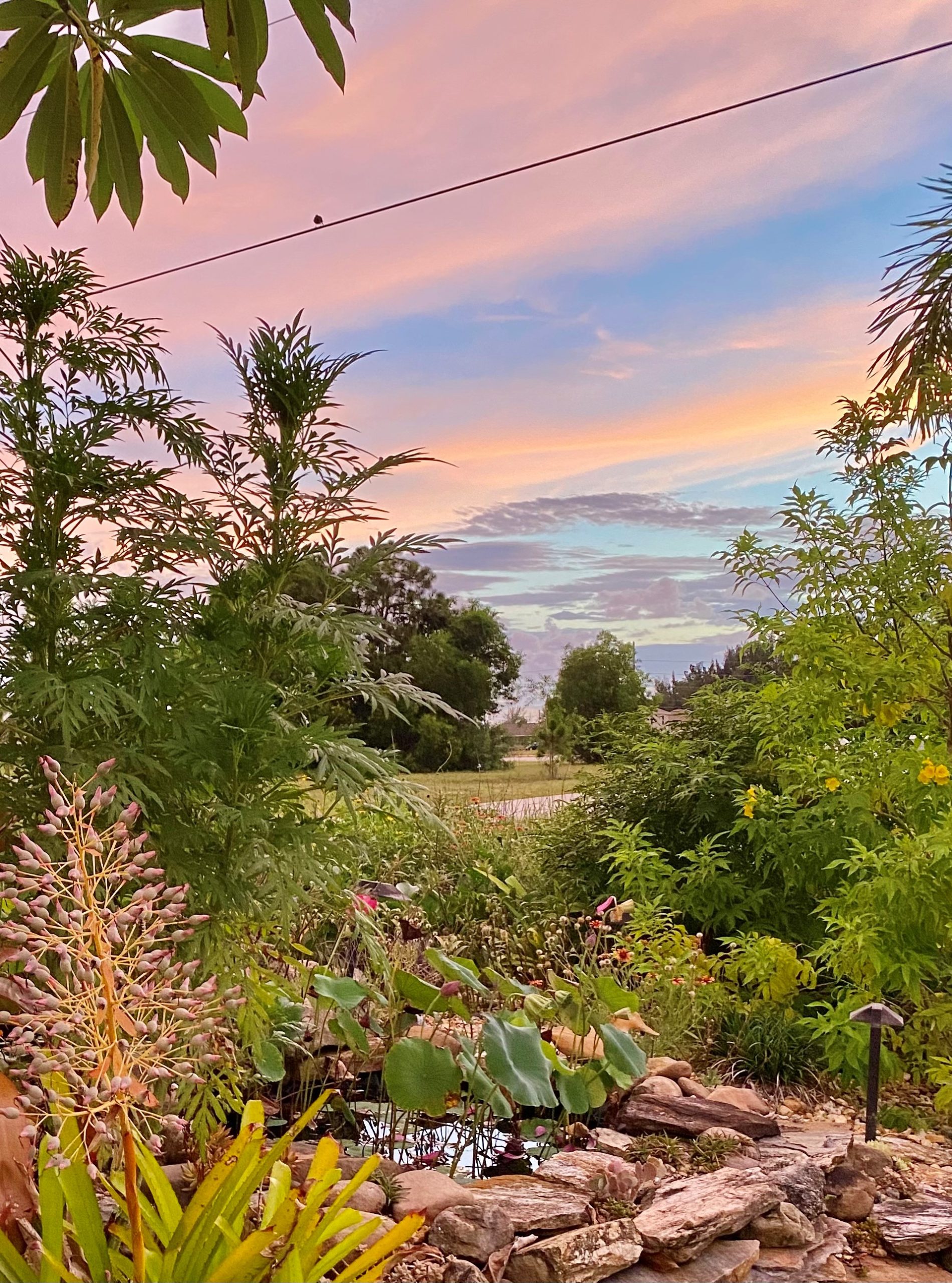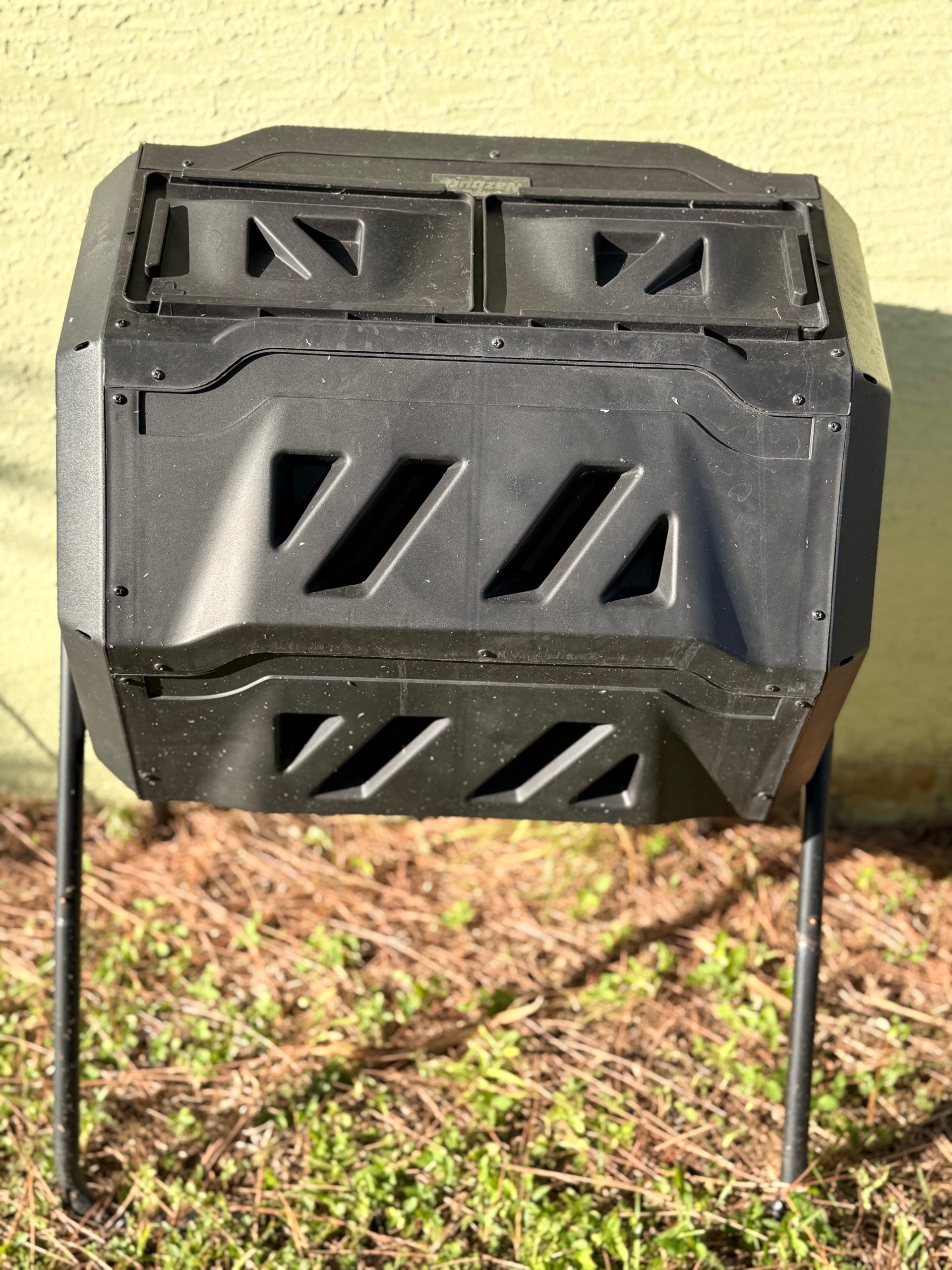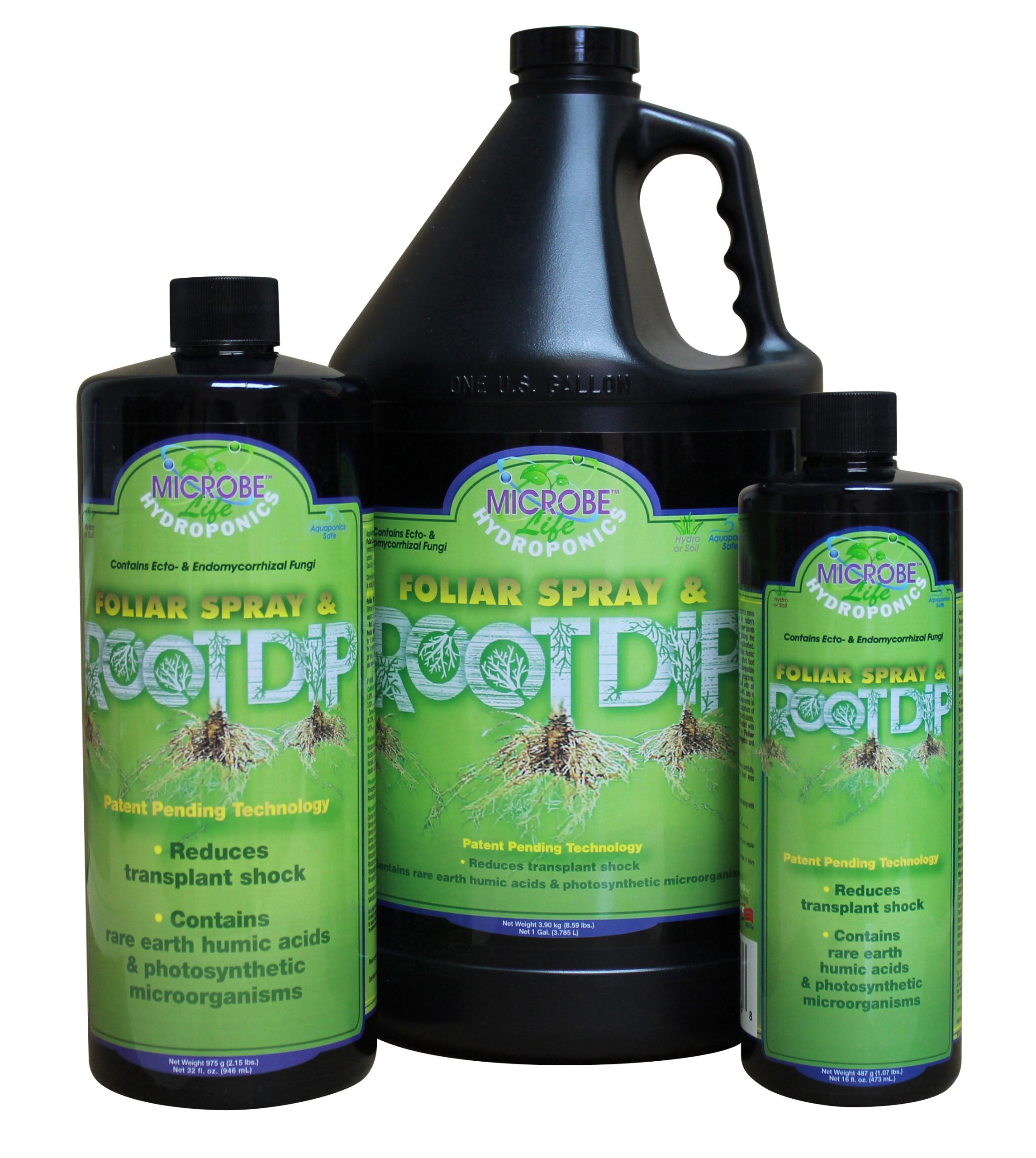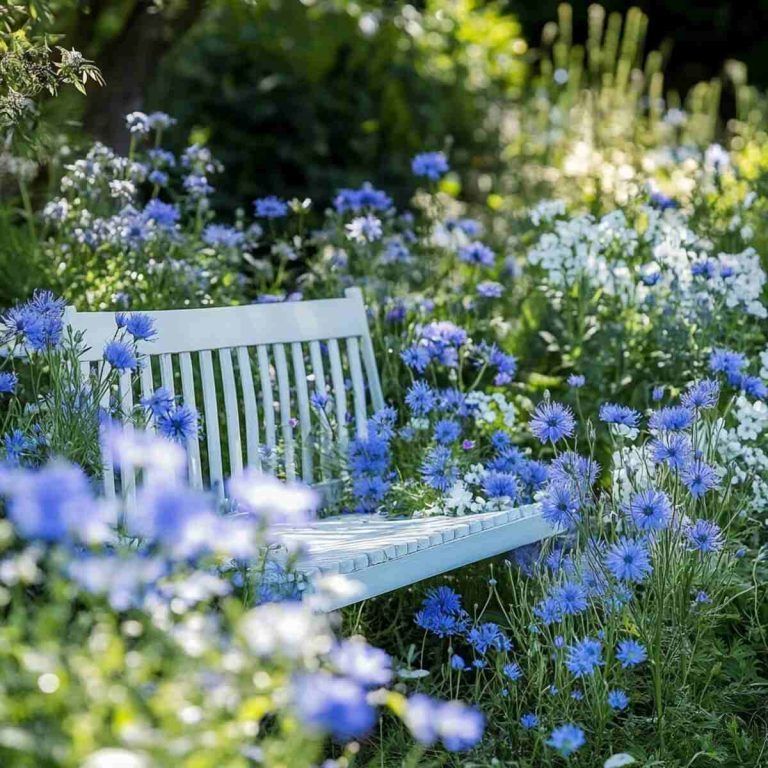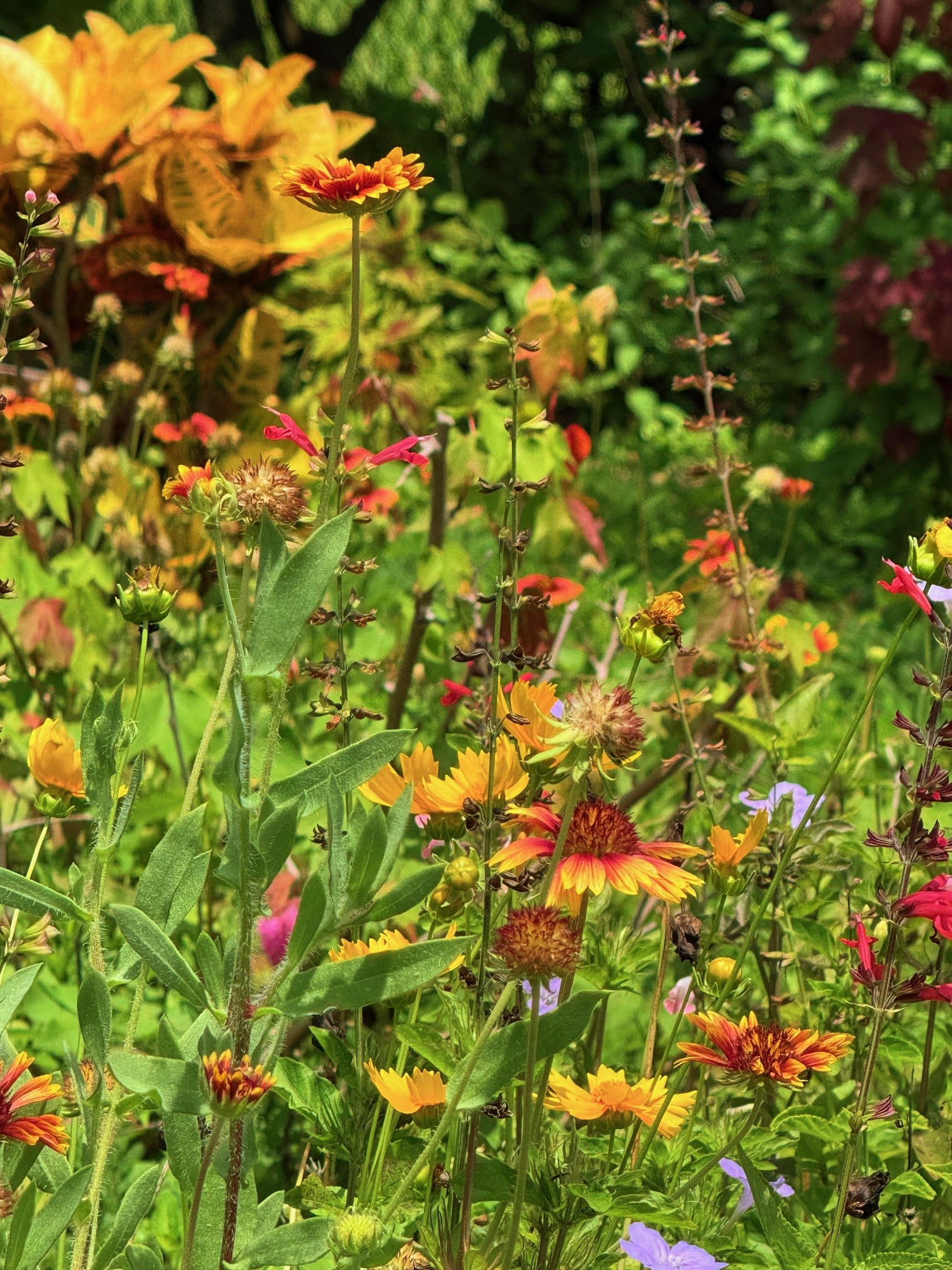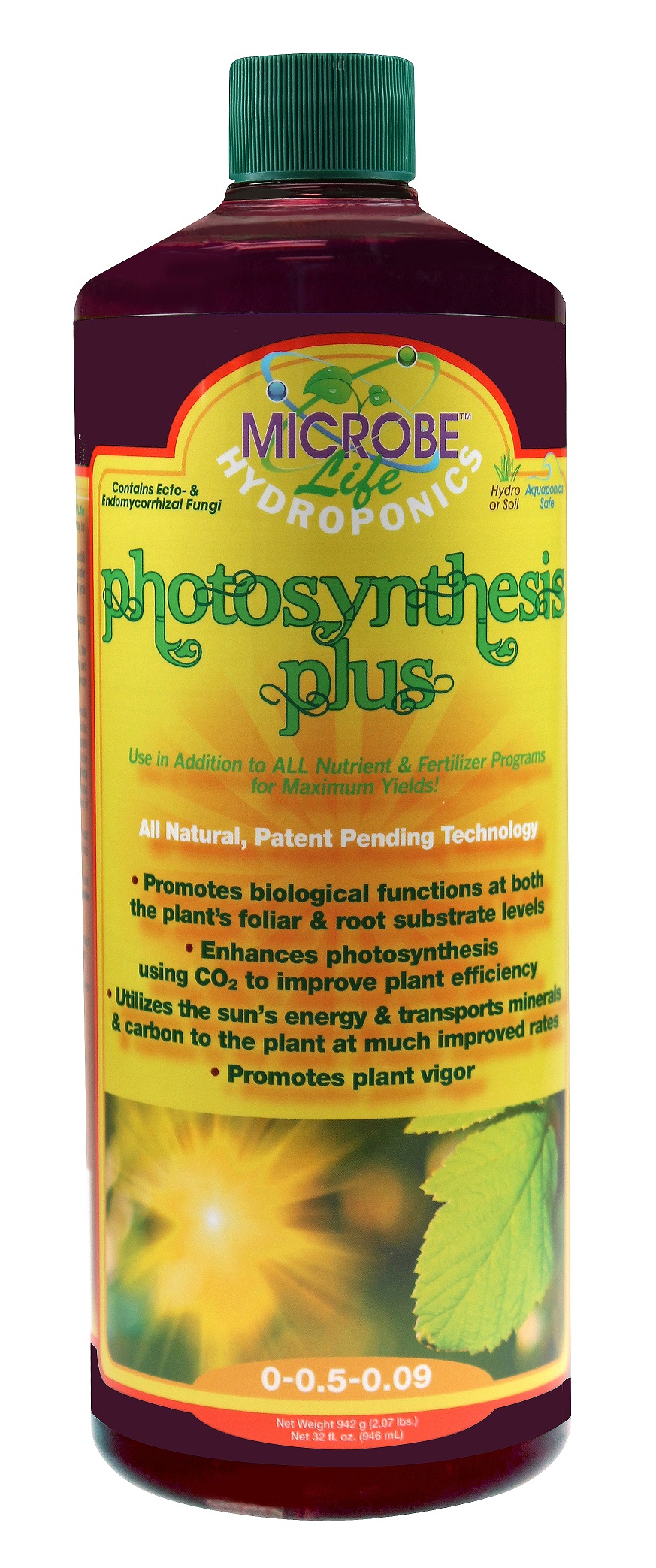With freezing or near-freezing temperatures anticipated across parts of the country this weekend, many home gardeners may plan to cover their plants. But when is it actually necessary to do so?
As an inland city in northern Florida, Tallahassee is among the more likely locations in a warm state to experience freezing temperatures in any given Florida winter. So, we went to UF/IFAS Extension Leon County horticulture agent, to ask some burning questions about protecting plants amid the coldest Southern nights.
- Is there a “magic number” on the forecasted low temperature that indicates when I would want to cover my plants?
- Not really. It’s more about how long it stays below freezing.
I like to remind folks that many of our plants are just fine experiencing these low temperatures – for example, there’s no need to cover a baby live oak tree, camellia, etc.
I also bring up the first [Florida-Friendly] Landscaping Principle: right plant, right place. If you’ve been choosing the right plants for your zone, there is much less stress when these cold nights come along.
UF/IFAS Extension Leon County demonstrates (from left) the correct and incorrect way to protect plants during cold snaps. (Photo credit: Molly Jameson, UF/IFAS Extension Leon County)
In Tallahassee, less cold-tolerant plants are going to get knocked back once we get temperatures below 40 degrees, and they would likely die once we get to 32 degrees and below. For cold-sensitive crops, like certain citrus, when we get to the mid- or upper-20’s, young trees should be protected.
If temperatures get down into the teens and don’t get above 32 degrees the next day, then we start seeing some major issues with ornamentals and backyard citrus, but this has only happened once in my 20 years in Tallahassee.
- If it stays cold for more than one night, can I keep my plants covered, or should I remove the coverings at some point?
- Our recommendation would be to remove the cold protection covering once temperatures are above 32 degrees. If you leave the covering on when it gets warm and the sun is shining brightly, it may get too hot inside the cover and stress out the plants.
We don’t recommend using plastic for covering because it can heat up like a greenhouse and cause more problems than the cold temperature, especially for leaves that are touching the plastic.
- If I cover my plants but overnight temperatures don’t end up dipping below freezing, is there concern about doing damage to the plants?
- If you cover the plants but it doesn’t get quite as cold as predicted, you’ve only wasted your own time! The only thing to note is mentioned above: Remove the cover in the daylight.
- Other than covering plants, are there any other methods to protect them from freezing temperatures?
- Yes. Make sure the plants are well watered before the freeze event. For smaller Sometimes the stems also become soft and kind of gross. It is best to just leave it alone and monitor for new growth.
Additionally, our recommendation is to not prune back cold-damaged material until new growth in the spring. These dead stems actually provide some insulation for the base of the plant, and pruning back right away can cause the plant to send out new growth that is very susceptible to later cold snaps.
- Is there anything else about protecting plants during freezes that would be important for gardeners to know?
- Not everything needs to be covered. Follow right plant, right place, and there is less stress and work. If you do cover, be sure to have the cover touch the ground to capture the heat – no lollipops!
- How do I know if a plant made it through the cold?
- Usually, if the plants have been damaged by the cold, they show wilting, brown and/or mushy leaves pretty quickly.
https://blogs.ifas.ufl.edu/news/2022/12/15/cold-protection-plants-qa/
Thanks Kirsten Romaguera, Mark Tancig, and UF/IFAS for the use of this information to aid our readers.
Read this: Herbal Viagra Alternatives: Natural Solutions for Enhanced Vitality

